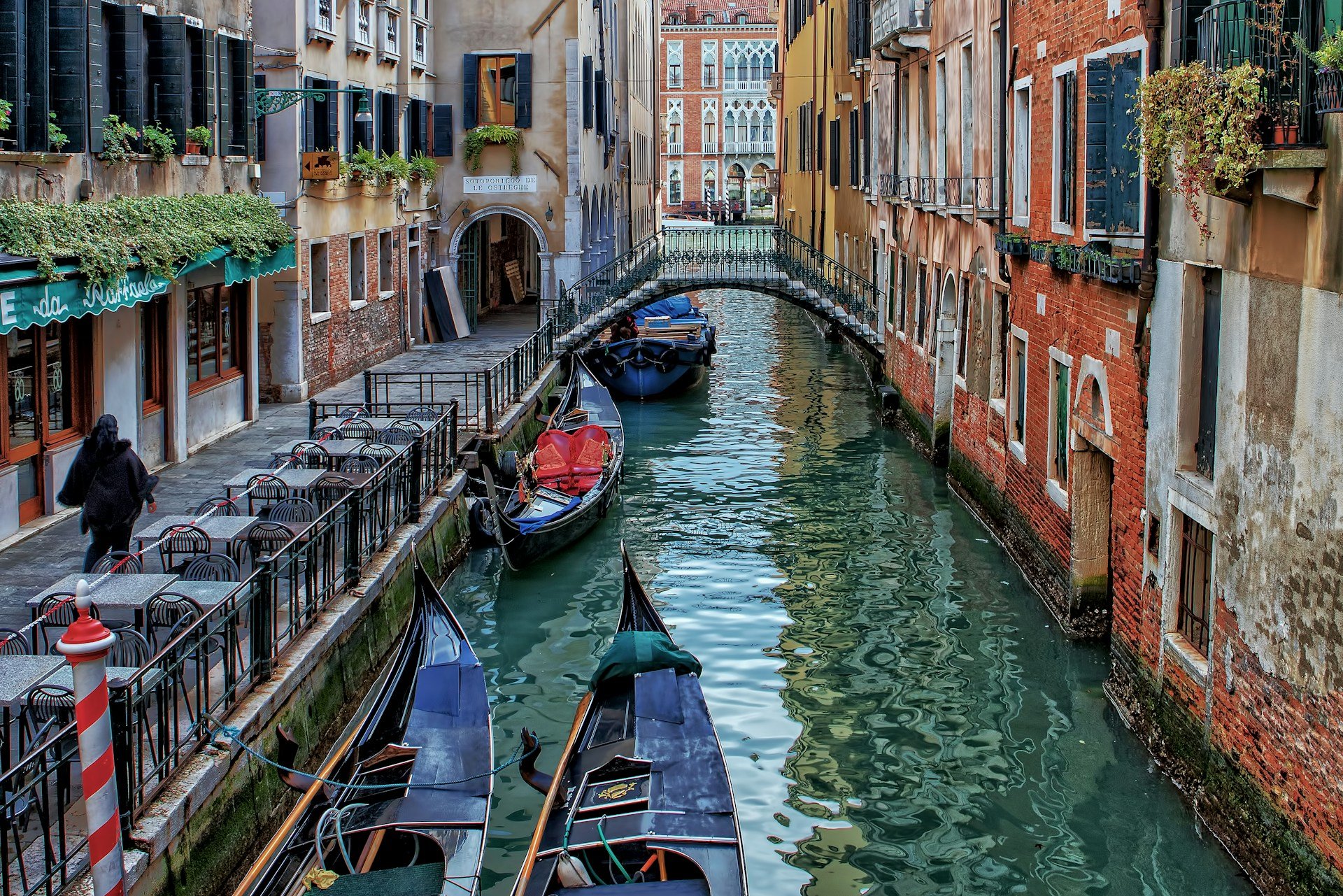With July The trial period of the entrance fee to Venice, the ticket, ends 5 euro entrance fee this had to be put on hold to one of the problems that most afflict the city:'overtourism'that is to say the tourist overcrowdingA system that aims to be both a deterrent for tourists and a source of income.
The measure, first introduced in 2024 and applied selectively in period between April 25 and July 14for a total duration of 29 days, must certainly have received positive results if the commonthe same day the initiative closed, announced that it will be offered again next year. “Collected” is not a word used by chance, given that, for the moment, it is mainly the municipal funds that have benefited from the access fee. As for the quality of the measure and its effectiveness, it is necessary to analyze the causes and the data.
You too can rediscover the pleasure of staying informed!
Your support helps protect our independence so we can continue to produce quality journalism that is open to all.
Support us
Overtourism, the threat to cities
Too much tourism. The World Tourism Observatory defines “overtourism » as theexcessive impact tourism in a city, which negatively affects the quality of life or the perception of it. Venice is the emblematic city of this phenomenon: nearly 21 million entries per year 60,000 daily entries compared to an average of 500/1000 residents per year who move elsewhere. The cause is the excessive increase in the cost of livingthe quality of services that are aimed at tourists rather than citizens, besides the fact that this huge mass of people produces waste that must be eliminated, It benefits from artistic and infrastructural heritagesuch as roads or bridges, which require continuous maintenance at enormous costs.

A crowded bridge in Venice, photo by Levi van Leeuwen on Unsplash
A problem that every great art city faces. Venice has the ticket as a solution. We have already talked about how it works, who it is for and who is exempt here on Buone Notizie, as well as the fact that the ticket is not something entirely new. We have to ask ourselves: has it worked?
The Venice Cure
For Mayor Luigi Brugnaro, during the press conference on the first results of the initiative, the answer is yes, so much so that the continuation of the measure in 2025 is considered acquired against 3,618,114 entries (including those exempt from paying the ticket), are more than 485 thousand those who paid the contributionfor a total of almost 2.5 million euros collected by the Municipality.
The tourist influxdeclares the Municipality, within the 29 days examined, appears slightly lighter compared to 2023. A positive result, especially for the municipal funds, but partial because complete data on tourism from other organizations such as the local police and CISET, the International Center for Studies on the Tourism Economy, are missing, which will not arrive before the fall, at the end of the season.
Alternative solutions to overtourism
Many believe that for Venice, the introduction of the ticket is not enough to stem the impact of theovertourism on the quality of life. On the other hand, it is unthinkable that art cities will ever abandon tourism, because of the economic benefits it brings. One solution could be control through technological tools.
In one of its studies, the Eurac research center proposes alternative methods based on distribution in space-time. An example case is Dubrovnik Croatian city of 40,000 inhabitants which, after becoming a UNESCO heritage site, experiences a constant flow of one and a half million tourists per year. With the help of international tour operators and innovative applications Today the city controls the masses of visitors limit the number and times of access but also redistribute them in different places preventing them from concentrating all this in the same place and at the same time.

